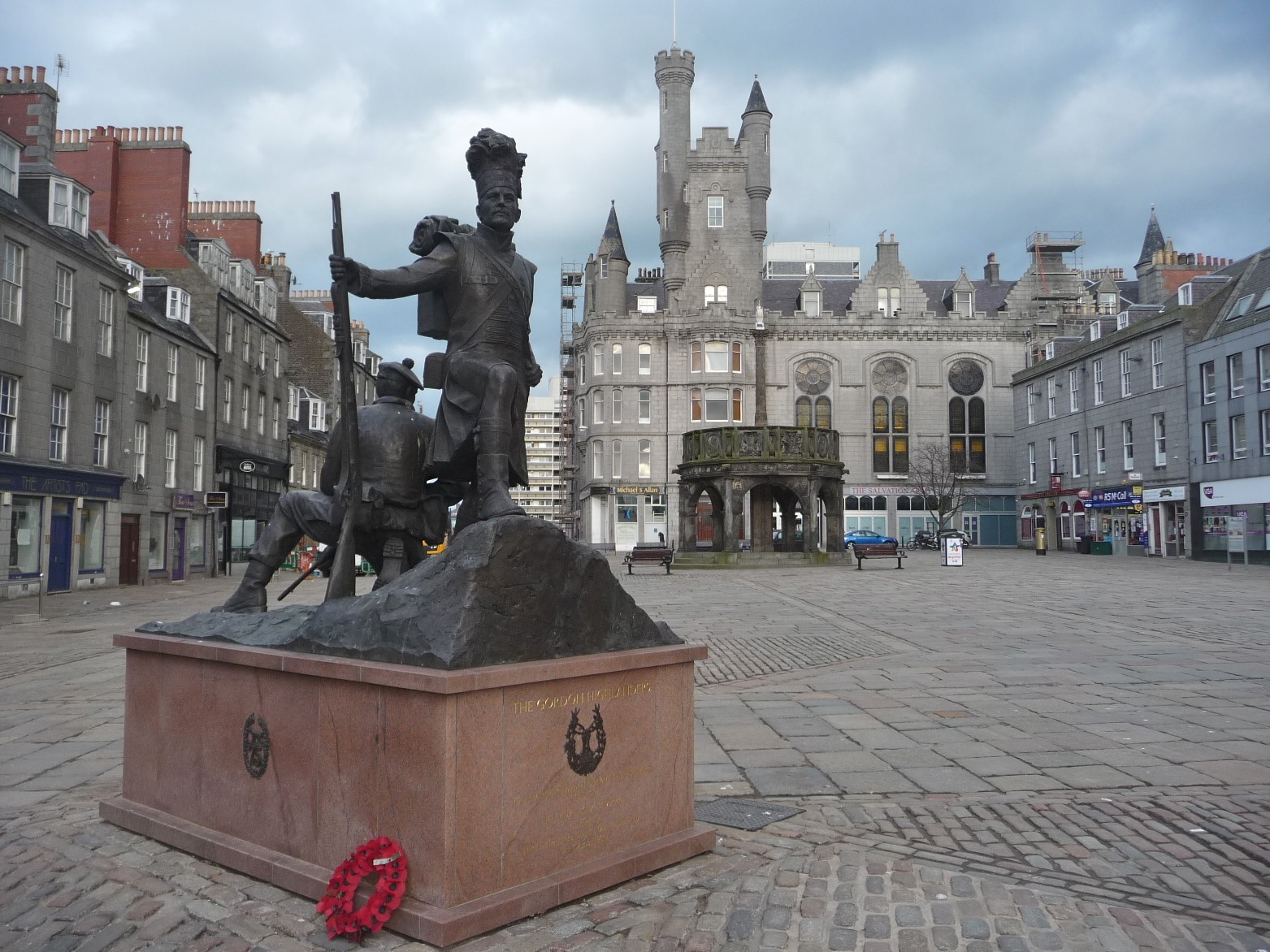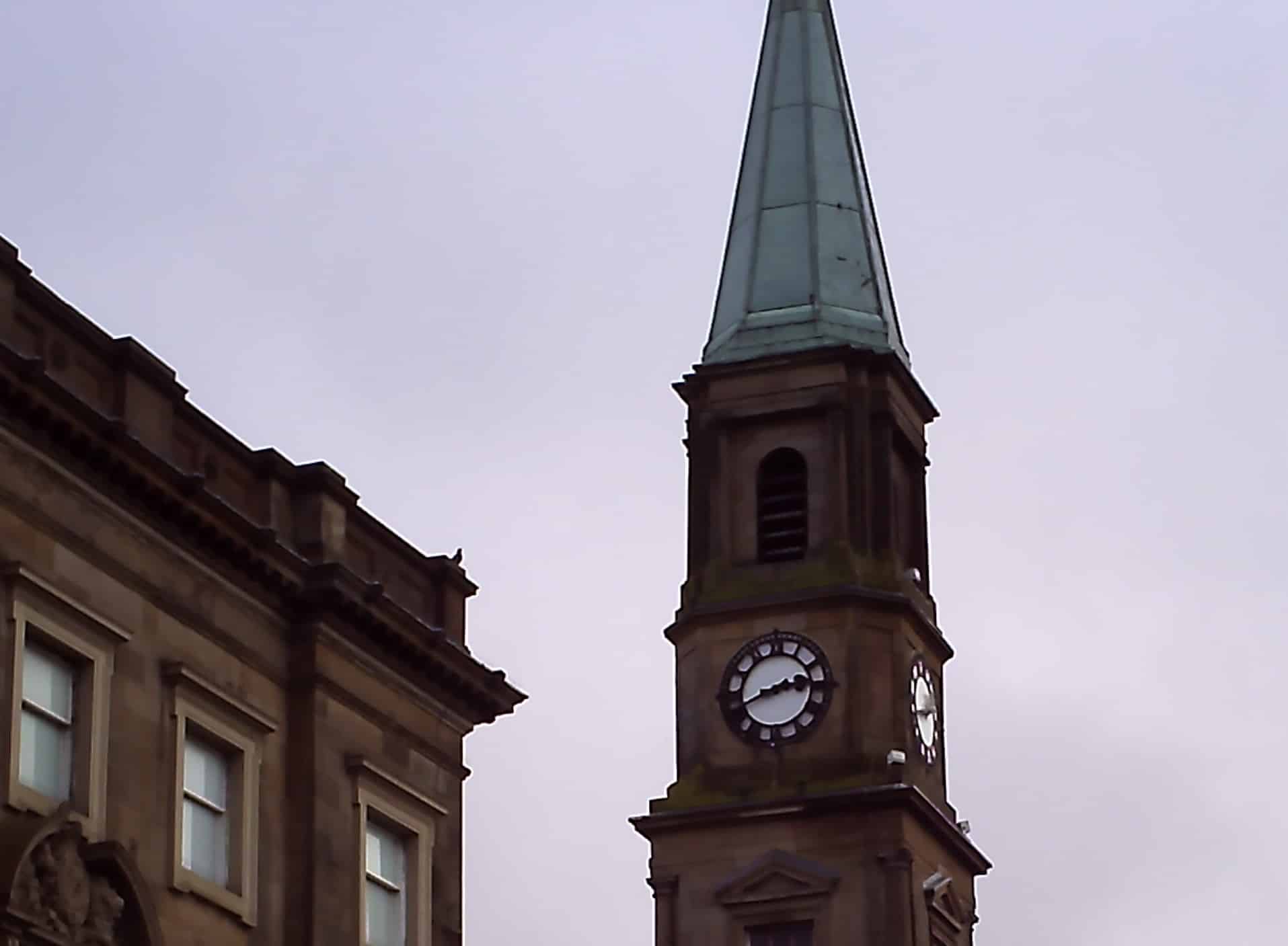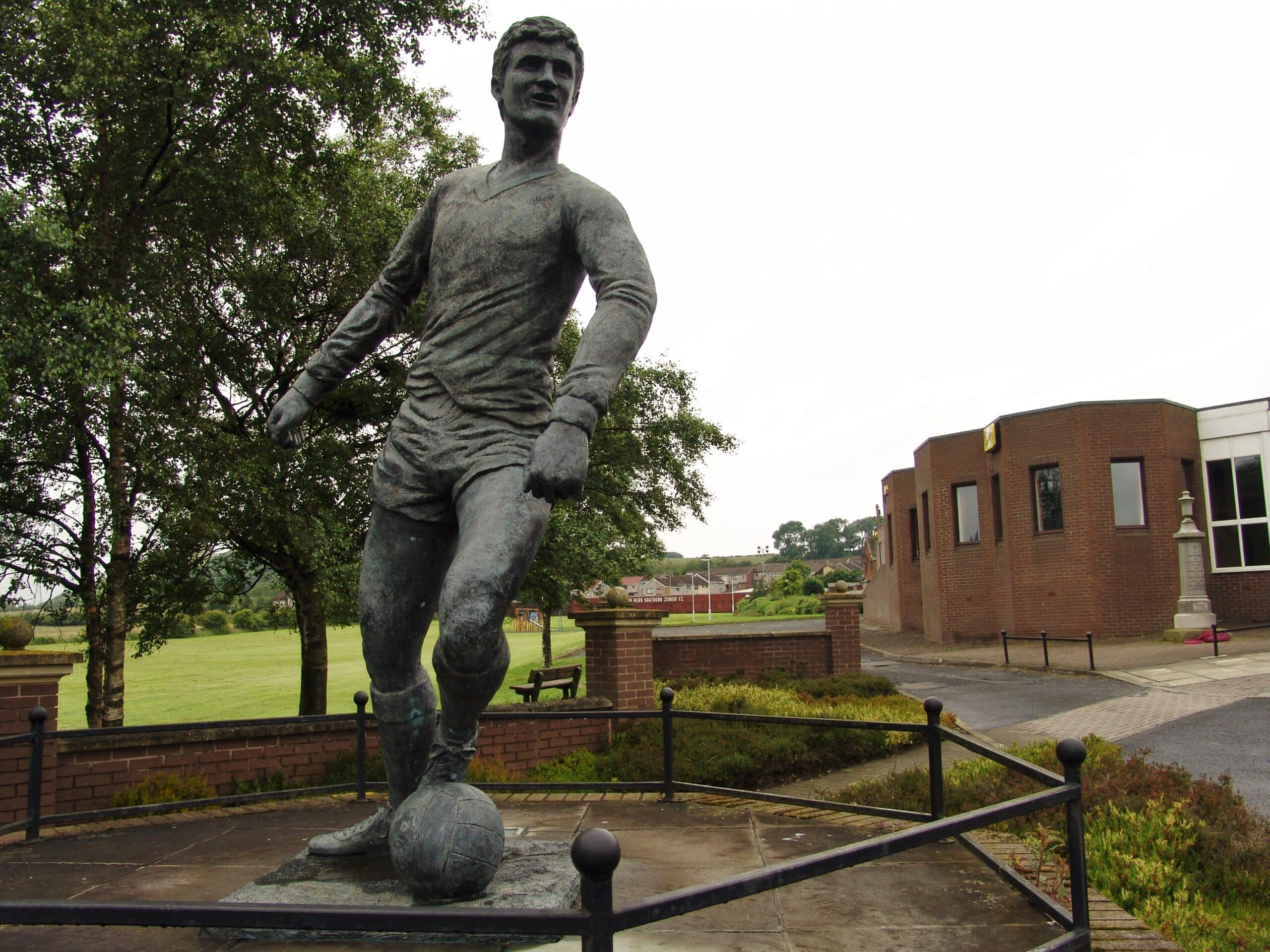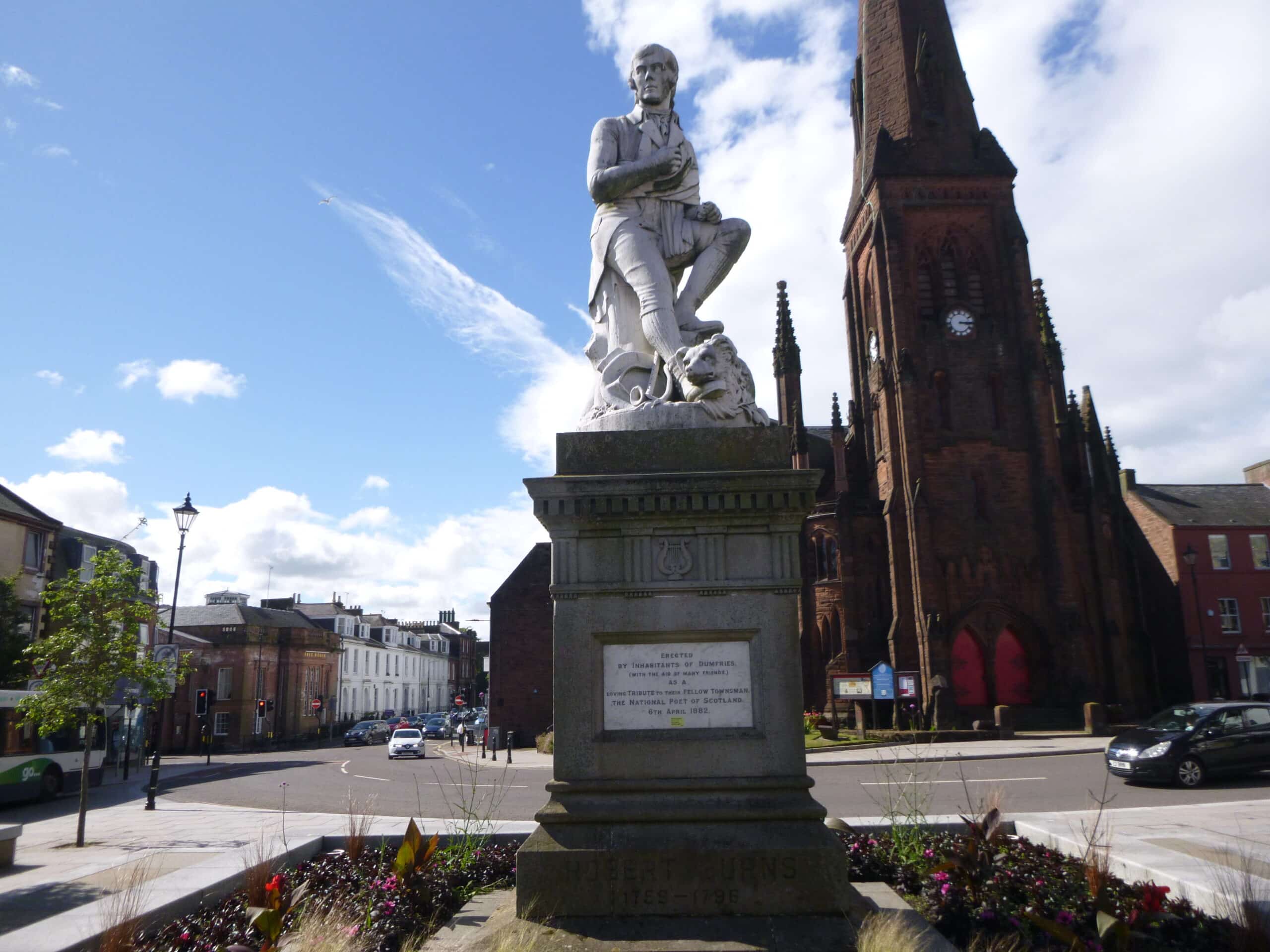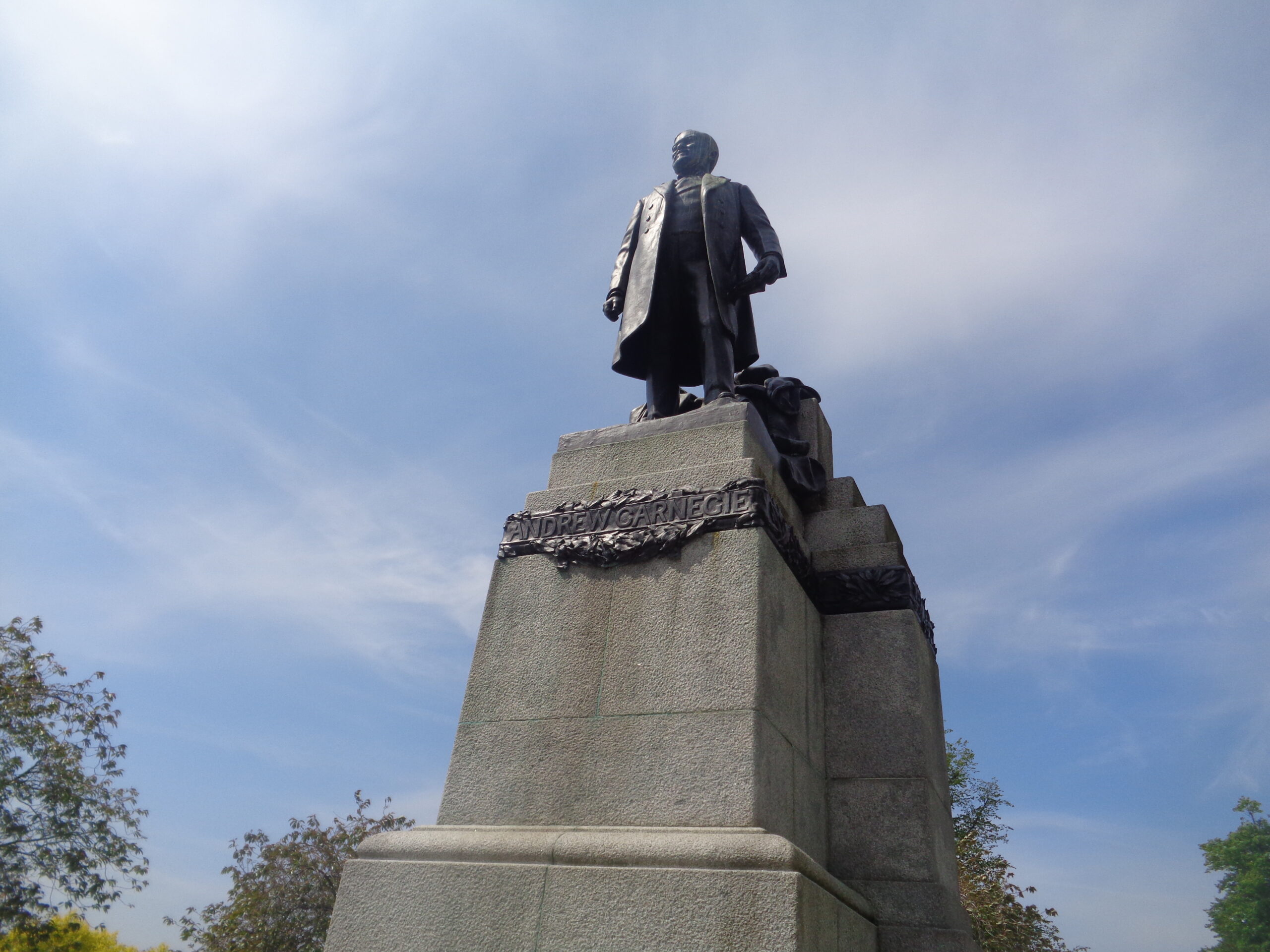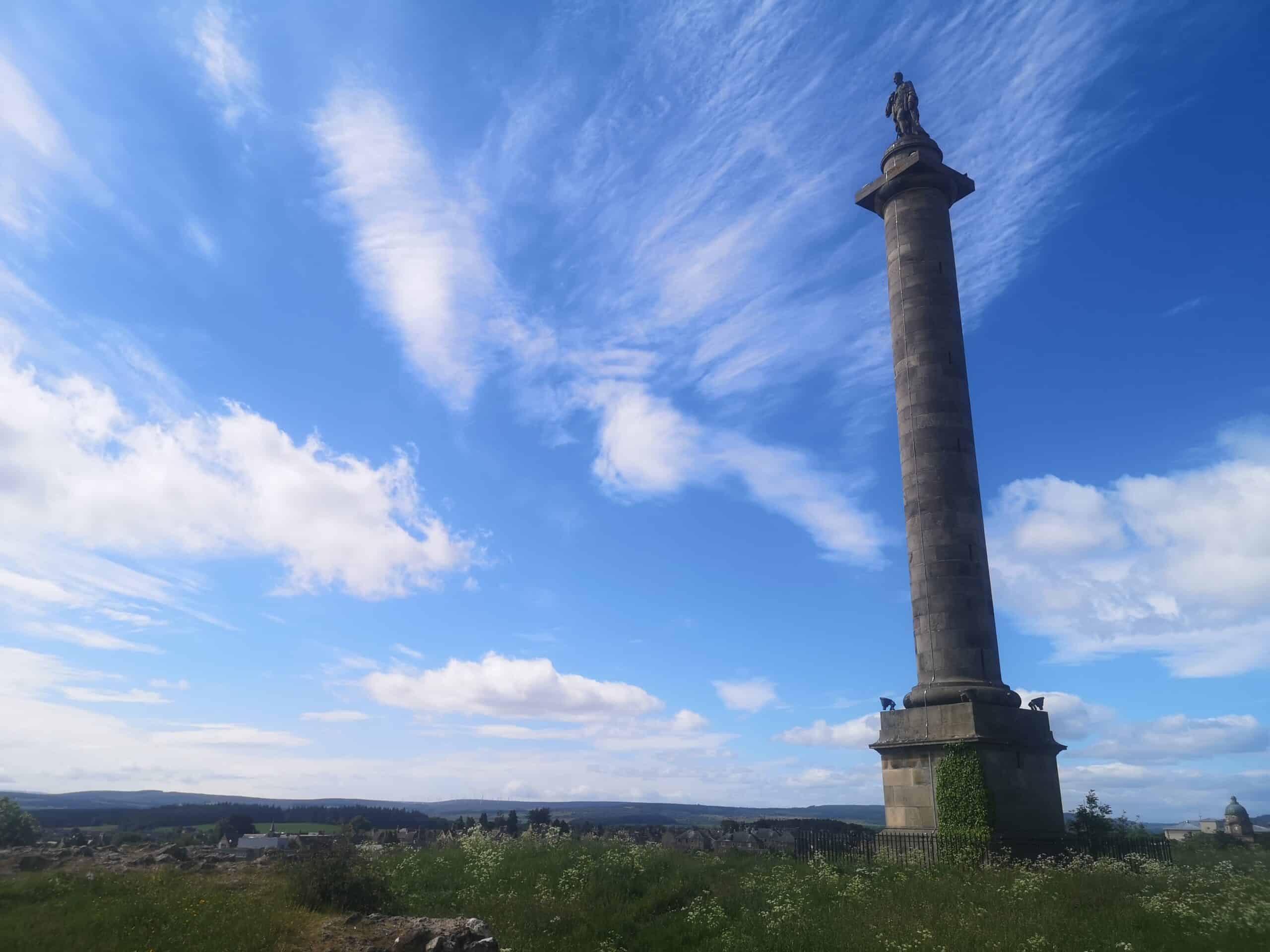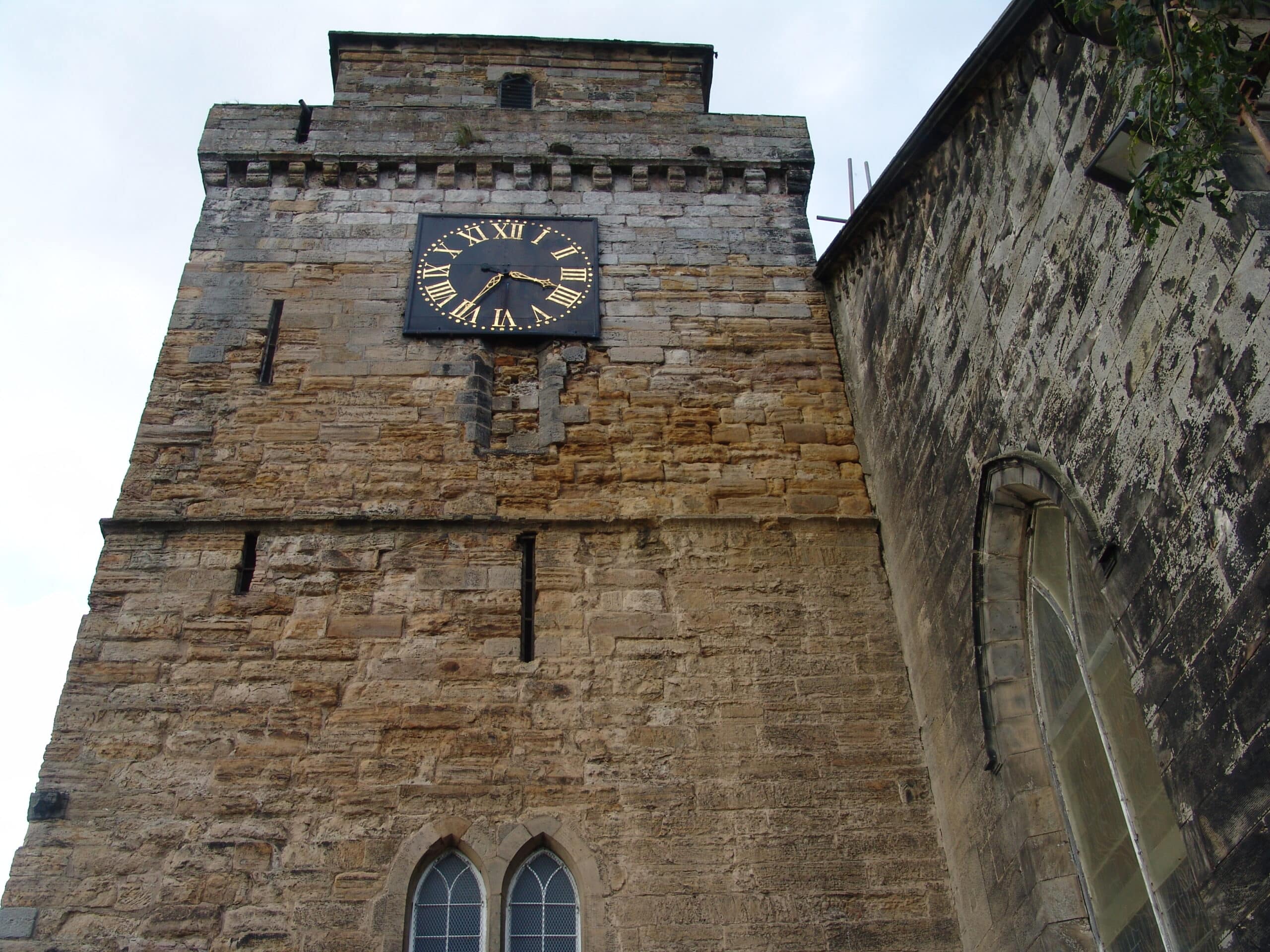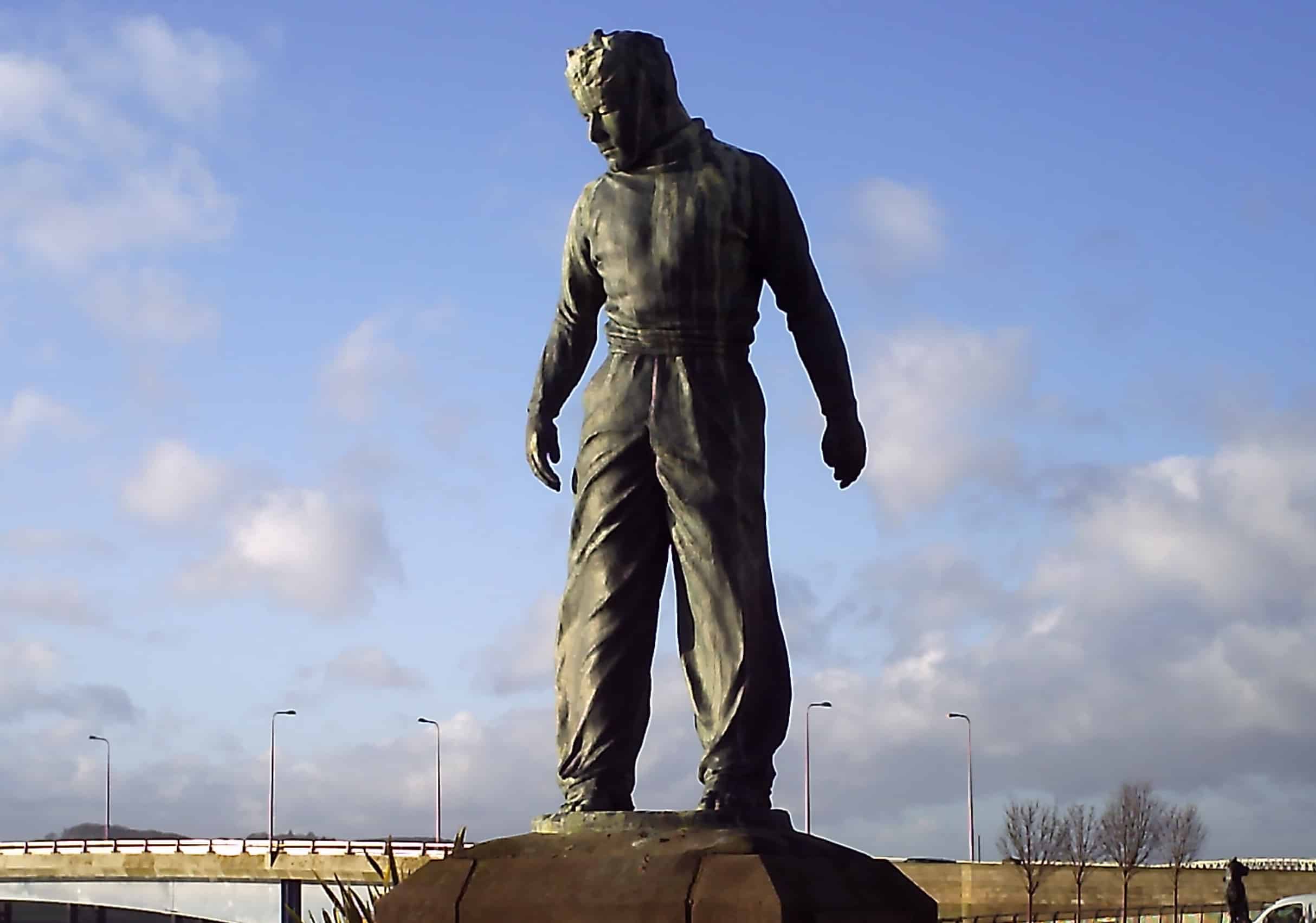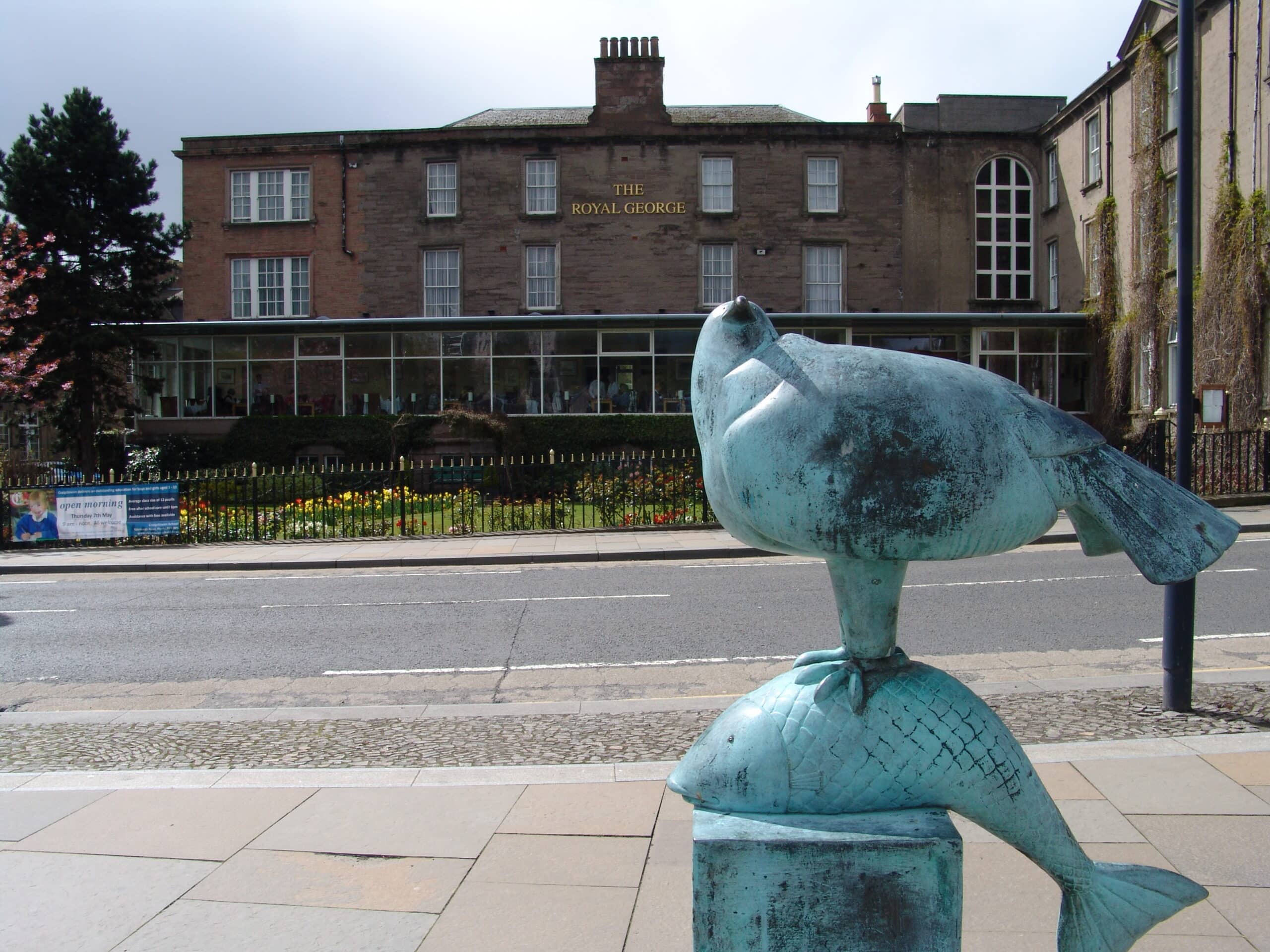Teams, tales and tips – a guide to the local game
Exactly halfway between Glasgow and Edinburgh, the former industrial hub of Falkirk is home to one of the most enduring yet least engaged crosstown rivalries in Scottish football.
While Falkirk FC have been seven-time winners of Scotland’s second tier and competed in the top flight for 68 of their 110-plus seasons in the Scottish League, East Stirlingshire can count only two elite campaigns since their accession in 1900.
For generations, East Stirlingshire have been referred to as ‘East Stirling’, particularly in England, where ignorance assumes that ‘The Shire’ play in the same former Scottish capital as Stirling Albion. In fact, they’re from Falkirk – or, rather, Bainsford, a canalside village now part of the town.

Renowned, perhaps notorious, for tenacious survival despite propping up the whole Scottish Football League season after season, The Shire succumbed to the inevitable in 2016. Thanks to the recently introduced play-offs involving the champions Highland and Lowland Leagues for SFL accession, an 87th-minute penalty by Dougie Gair for Edinburgh City sent his side up to League Two.
This one kick ended Shire’s century-long involvement with Scottish senior football. They now compete in the Lowland League that Edinburgh City won in 2016.
It’s not only the caprices of Scotland’s league ladder that have kept the Falkirk clubs apart for decades – 1982 being the last time the two met in the same division.
Having almost merged in 1905, from 1920 onwards the two lived within a ten-minute walk of each other near the town centre. During the last decade, however, each moved out, East Stirlingshire to groundshare at nearby Stenhousemuir.

Falkirk FC, having been refused entry to the Scottish Premier League one time too many because of the limitations of their Brockville Park ground, had been the first to share the same Ochilview Park stadium in Stenhousemuir while their own new-build was being constructed.
Opened in 2004, Falkirk Stadium is nearer to port and petrochemical hub Grangemouth than its namesake town the other side of the M9 motorway. Now both communities are part of the same larger Falkirk council within surrounding Stirlingshire. These once thriving industrial neighbours have been also brought together by an expansive ecopark, The Helix, created to regenerate the once vital Forth & Clyde Canal area.
East Stirlingshire have also been looking at a move to Grangemouth, specifically the sports ground once used by employees of BP oil. If that ever happens, less likely now that The Shire are in the Lowland League, then once more the two Falkirk clubs will be a short distance apart.
Alongside The Helix, Falkirk Stadium has helped put the town back on the football map, staging a series of under-21 and women’s internationals as convenient to reach from Edinburgh as from Glasgow.

At club level, the last meeting between the two Falkirk sides was a League Cup game in 2015, played at Cumbernauld as Falkirk Stadium was double-booked, Tom Jones given priority over a 5-0 defeat for The Shire in front of 900 spectators.
Probably the most dramatic face-off between them occurred was t the top of the old Scottish Second Division, the third tier, in the spring of 1980. With Falkirk and East Stirlingshire on equal points going into the last day, The Shire needed to better their rivals’ result to claim the divisional title. In the end, they drew, the Bairns won, though both were promoted.
As The Shire slipped down the pecking order, each later developed rivalries with League clubs of their own status, Falkirk with Dunfermline, East Stirlingshire with erstwhile landlords Stenhousemuir and Stirling Albion.

Local rivalries were also been played out in the Stirlingshire Cup, a rarity as it involved senior teams. Most regional competitions, established in the early days of the Scottish game, had long become the domain of reserve teams and lesser Junior sides. Not so Stirlingshire, its trophy inaugurated in 1883 and won more times by Falkirk and The Shire than Stirling Albion, Stenhousemuir, Alloa or Dumbarton.
Until 2015-16, that was, when the last edition was run. Following a First Round win over Falkirk on penalties, East Stirlingshire were about to face Dumbarton in the semi-final when the curtain came down on 133 years of competitive regional football.
In terms of major silverware, Falkirk last came closest, five minutes away from taking the Scottish Cup final to extra-time against ten-man Inverness Caledonian in 2015.
Getting Around
Arriving in town, local transport and tips

Edinburgh is the nearest airport to Falkirk, 30km (19 miles) away. There are no direct links by public transport.
A tram runs every 7mins to Edinburgh Park station (£7.50, journey time 25mins), where a half-hourly train runs to Falkirk Grahamston (£8, 25mins).
If you’ve just missed one, you can change for Falkirk at Haymarket, overall journey time 35mins. A direct train to Falkirk (£8.50) takes 25-30mins.
From Glasgow Queen Street, a regular service is 20mins to Falkirk Grahamston (£10).
Services to the town’s other station, Falkirk High, are just as cheap and frequent from Edinburgh or Glasgow – but it’s located way south of the centre. Grahamston is closest to town, a 5min walk away, and to Falkirk Park, east of town towards Grangemouth, but walkable.
Two main companies provide bus services in and around Falkirk: Stagecoach and McGill’s. From Grahamston station, nearby Weir Street is the closest stop. Most services call at the bus station on Callendar Road south-east of the town centre – Grahamston is north.
Based behind Grahamston station, Express Taxis (01324 638 000) also provide airport transfers. From Edinburgh, you can expect to pay around £50.
Where to Drink
The best pubs and bars for football fans




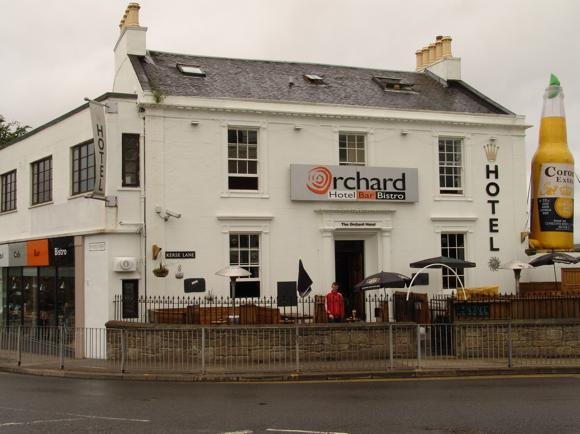

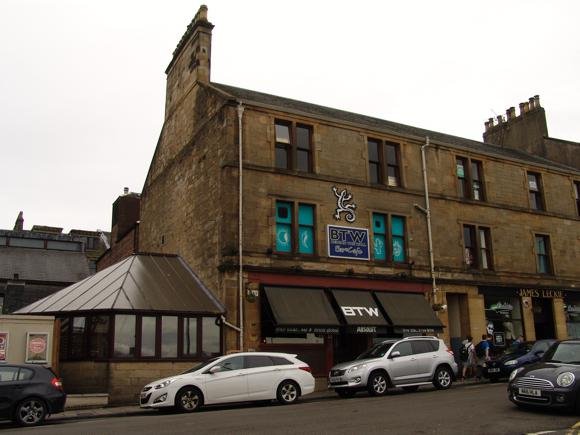




Stepping off the train at Grahamston station, you first find the liveliest of several choices for a pint and TV football: the Railway Tavern, honest, traditional and not shy about its support for Falkirk FC.
Nearby, Sportsters puts Scottish football first but lets DJs have the run of the place afterwards, weekend opening times stretching until 3am. Burgers, hot dogs and pizzas fill out the menu but many come here for the cocktail drinks deals.
Across Vicar Street, Behind The Wall, a mainstay of Falkirk’s nightlife scene since 1985, offers craft beers in its Eglesbrech Ale & Whisky Bar upstairs, and global food alongside a regular live-music agenda..
TV sport is a major feature of the bar at the Orchard Hotel, whose tap beers include sought-after WEST 4 from Glasgow via Bavaria, and Spanish Madrí. It’s also a restaurant, a live-music venue and a lodging (see Where to stay).
Also in the heart of town, the main Wetherspoons is The Carron Works. Cask ales are the stock in trade of the venerable Wheatsheaf Inn, by Howgate shopping centre, as well as malts and wines. It might date back to 1797 but it’s happy to screen games on a wide HD screen. Festooned with plants, its pretty beer garden catches the sun.
Where to stay
The best hotels for the ground and around town




Visit Falkirk has an excellent database of local accommodation, though there are few options in Falkirk itself.
There are no hotels close to the stadium, only the other side of the M9 motorway or further down on the A9, so not particularly convenient for Falkirk.
On the stadium side of town, handy for buses, you’ll find the Orchard Hotel which, for all its funky façade and advertised bistro, is essentially rooms above a pub. Once you grasp that, you’ll be fine with the smallish room, breakfast smells and occasional late-night noise. There’s also plenty of live football in the bar (see Where to drink).
The Cladhan close to the bus station hasn’t reopened since the pandemic, except to refugees – its future remains unclear.
On the west side of town, the Park Hotel is also somewhat jaded, but at least operational, with a popular restaurant.



